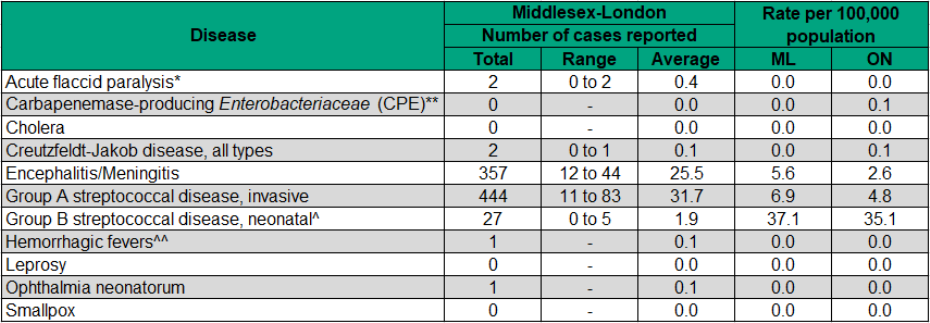Figure 9.7.1: Other infectious diseases of public health significance
Number, annual range, and annual average number of other infectious diseases of public health significance, Middlesex-London, 2005 to 2018; and reported rate per 100,000 population, Middlesex-London and Ontario, 2005 to 2018 annual average

Note:
* Reportable since December 2013. Annual average number of infections reported is for 2014 to 2018.
** Reportable since May 2018.
^ Case definition applies to newborns who are less than 29 days old, therefore rate reported is among infants under the age of one year, rather than among all age groups.
^^ Includes Ebola, Lassa, Marburg, and other viruses causing hemorrhagic fevers
Between 2005 and 2018 there were no cases of carbapenemase-producing Enterobacteriaceae (CPE), cholera, leprosy, or smallpox reported among Middlesex-London residents.
Cases of acute flaccid paralysis, Creutzfeldt-Jakob disease, hemorrhagic fevers, and ophthalmia neonatorum rarely occurred, with two or fewer cases reported for each across the entire time period.
Across the 14-year time period, there were 27 neonatal group B streptococcus infections reported, corresponding to a rate of 37.1/100,000 among infants less than one year of age.